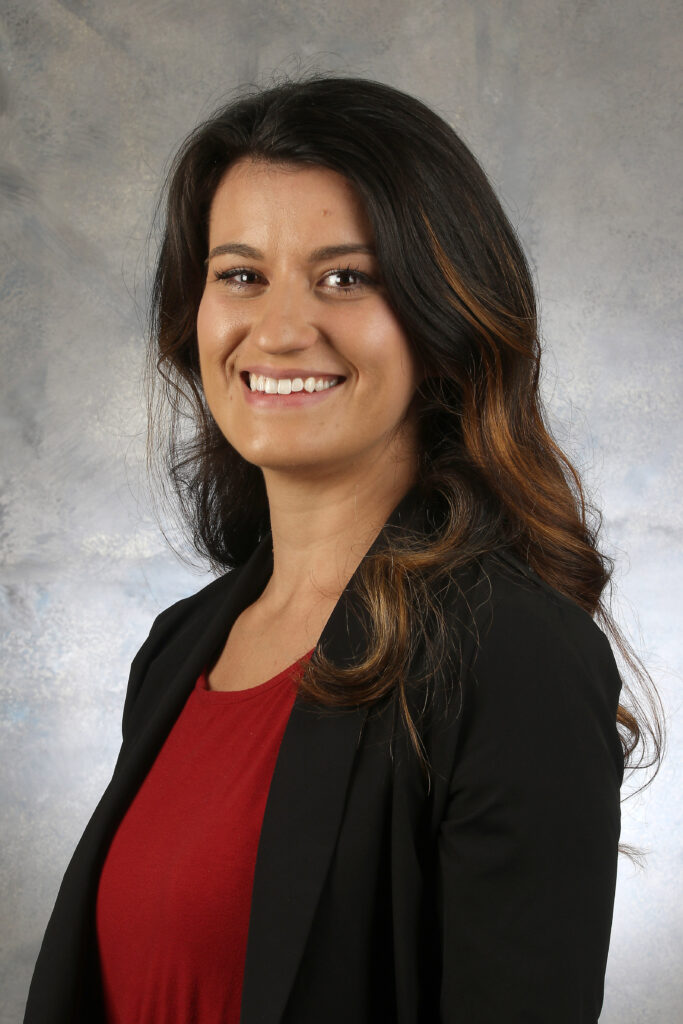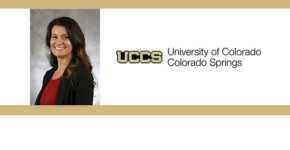
On University of Colorado, Colorado Springs Week: 3D printing still faces many hurdles.
Jena McCollum, assistant professor in the department of mechanical and aerospace engineering, examines how to design new printers for the future.
Dr. Jena McCollum is an Assistant Professor and Director of the Additive Manufacturing Laboratory in the Department of Mechanical and Aerospace Engineering at the University of Colorado Colorado Springs. Prof. McCollum obtained her B.S. degree in Mechanical Engineering at West Texas A&M University in 2012 and subsequently, her Ph.D. in Mechanical Engineering at Texas Tech University in 2015. She completed an NRC Postdoctoral Research Fellowship at the United States Air Force Academy Chemistry Research Center in 2016. Her research interests include equipment design and material characterization to enhance additive manufacturing technologies. Her current research interests include manipulating binder formulations and building specialty additive manufacturing equipment to bridge technical gaps associated with composite design utilizing thermoplastic and thermosetting binders.
3D Printing From Concrete to Rockets
Manufacturing materials with complex geometries and spatially variable composition is a leading challenge in many high-performance application spaces. Traditional manufacturing methods (such as subtractive manufacturing) do not readily offer composition control and these techniques can be time extensive when manufacturing complex geometries. One strategy to address these challenges is to employ additive manufacturing technologies (also known as 3D printing) in the design and development of high-performance composite materials. From designing new biomedical devices to improving aerospace performance, additive manufacturing has shown great potential in the past decade. The key focus areas of my Additive Manufacturing Laboratory includes discovering new materials suitable for additive manufacturing as well as designing 3D printers to handle challenging, and at times sensitive, materials. Currently, there are still many challenges that preclude additive manufacturing from reaching its full potential.
My team works in designing new printers that can work with high viscosity materials like concrete or solid rocket motor propellant to better understand the viscoelastic response and flow behavior in various additive manufacturing inks and slurries. These printers are fitted with a variety of sensors in order to capture different behavior at various points in the print. For example, we can see how much pressure is needed to extrude different materials at different temperatures.
My students and I are working hard to better understand material response at each point of the process to better understand what kind of materials or what kind of printers need to be designed to improve this process to meet application demands. This type of research marries many fields of study, from chemistry to mechanical engineering.
